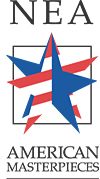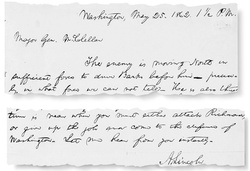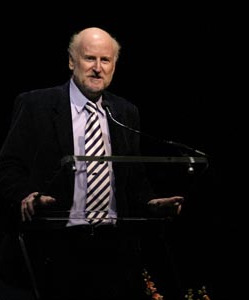 I’ve strayed again into opera: Today’s Wall Street Journal has my Cultural Conversation with Renee Fleming: Aria on the Future. In it, she discusses where she is in her career — thinking strategically about her remaining years as a singer — and whether operas should be reinterpreted. Plus, she talks about traditional opera’s appeal to youth, her venture into indie-rock, and how HD simulcasts are changing opera. We talked about “Armida,” in which she’s currently starring. (Overall, I liked the production below, which I saw Monday, though it’s not perfect, and I do agree with critics who said her voice did not fill the house.)
I’ve strayed again into opera: Today’s Wall Street Journal has my Cultural Conversation with Renee Fleming: Aria on the Future. In it, she discusses where she is in her career — thinking strategically about her remaining years as a singer — and whether operas should be reinterpreted. Plus, she talks about traditional opera’s appeal to youth, her venture into indie-rock, and how HD simulcasts are changing opera. We talked about “Armida,” in which she’s currently starring. (Overall, I liked the production below, which I saw Monday, though it’s not perfect, and I do agree with critics who said her voice did not fill the house.)
It was a sweeping interview.
Even so, some things were still in my notebook, and I pulled them out for this post.
Fleming called herself “a big art lover” and said she frequents museums, especially for 20th Century Art. She claims Chuck Close and Elsworth Kelly among her friends. She’s fascinated by artistic collaborations among people in different disciplines, citing John Cage, Robert Rauschenberg and Merce Cunningham as one example.
 More important, Fleming voiced her regrets that popular culture and mainstream media have squeezed out the arts, and misses the days when Johnny Carson not only put Beverly Sills on the Tonight Show, which was then far more powerful than it is today, but had her as guest-host. “I’d love to have a chance at that,” she said, adding that hosting for the Met’s simulcasts is “so much fun.”
More important, Fleming voiced her regrets that popular culture and mainstream media have squeezed out the arts, and misses the days when Johnny Carson not only put Beverly Sills on the Tonight Show, which was then far more powerful than it is today, but had her as guest-host. “I’d love to have a chance at that,” she said, adding that hosting for the Met’s simulcasts is “so much fun.”
Fleming asserted that she was not an elitist, but she noted that knowledge of the classics — not just opera and classical music, but Shakespeare, literature, poetry, and visual arts — is no longer valued as it once was.
“It was not that long ago when to be upwardly mobile meant playing the piano, reading and other things like that,” she said. “And then it became about having material possessions, as opposed to having an education.”
How do we get it back?
It has to start with education, she said: “Children are completely open-minded.”
UPDATE: Opera Chic has linked to my WSJ piece, and commenters are commenting — you might to have a look (here).
Photo Credit: Armida promotional photo (top); Act III (bottom), Courtesy of the Metropolitan Opera

 Instead, it was a total bore. Landesman not only said nothing, but what he did — closing most of the “
Instead, it was a total bore. Landesman not only said nothing, but what he did — closing most of the “

 But it also found, in the arts sector, that many want help with their boards — maybe that’s no shock either, but it speaks to an issue I’ve mentioned before as worrisome.
But it also found, in the arts sector, that many want help with their boards — maybe that’s no shock either, but it speaks to an issue I’ve mentioned before as worrisome.  The article also disclosed that Landesman is “hoping to make an end run” around his budget constraints by forging collaborations with agencies that have more money, like the Housing and Urban Development and Transportation departments. Let’s hope he does get that on down on paper.
The article also disclosed that Landesman is “hoping to make an end run” around his budget constraints by forging collaborations with agencies that have more money, like the Housing and Urban Development and Transportation departments. Let’s hope he does get that on down on paper.